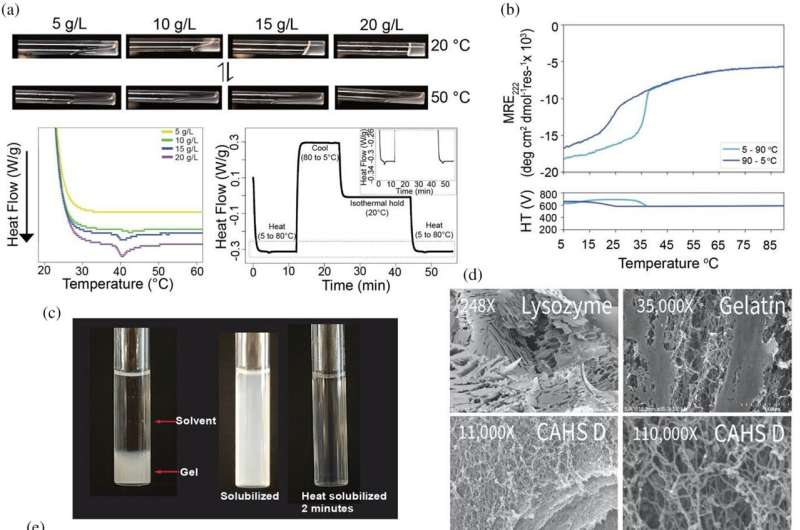Tardigrades, commonly known as water bears, have long captivated scientists with their remarkable ability to survive extreme conditions that would be lethal to most organisms. These microscopic creatures employ a unique strategy called biostasis, entering a state of suspended animation to withstand environmental stressors such as desiccation, extreme temperatures, and radiation. Now, researchers at the University of Wyoming have uncovered insights into the molecular mechanisms underlying tardigrades’ resilience and demonstrated that proteins from these resilient organisms can effectively slow down metabolism in human cells. This groundbreaking study, published in Protein Science, unveils the potential of tardigrade proteins in revolutionizing technologies aimed at extending human lifespan and enhancing cell-based therapies.
Unraveling the Mysteries of Tardigrade Survival: Despite their minuscule size, tardigrades possess an extraordinary ability to endure harsh environmental conditions that would be fatal to most life forms. From deserts to the vacuum of outer space, tardigrades exhibit unparalleled resilience, thanks to their unique biological adaptations. In their latest research, led by Senior Research Scientist Silvia Sanchez-Martinez and Assistant Professor Thomas Boothby, the University of Wyoming team delved into the molecular mechanisms that underpin tardigrades’ ability to enter and exit biostasis. By elucidating how tardigrade proteins facilitate suspended animation, the researchers aim to unlock new avenues for biotechnological innovation and medical advancement.
Harnessing Tardigrade Proteins in Human Cells: Central to the study’s findings is the discovery that tardigrade proteins, when expressed in human cells, mimic the biostasis-inducing effects observed in tardigrades themselves. These proteins form gels within human cells, effectively slowing down metabolic processes and conferring resilience against environmental stressors. The ability to induce biostasis in human cells holds profound implications for aging research, as well as for the storage and preservation of cell-based therapies. By harnessing the unique properties of tardigrade proteins, scientists envision a future where the aging process can be slowed, and life-saving treatments can be made accessible even in resource-limited settings.
Reversible Biostasis: A Key to Therapeutic Potential: One of the most striking aspects of the University of Wyoming research is the reversibility of the biostasis induced by tardigrade proteins. When stressors are alleviated, the gels formed by these proteins dissolve, allowing human cells to resume normal metabolic activity. This dynamic interplay between biostasis and recovery underscores the therapeutic potential of tardigrade proteins in medical applications. Whether in the context of extending lifespan or enhancing the stability of pharmaceuticals and cell-based therapies, the ability to modulate cellular metabolism offers unprecedented opportunities for improving human health and well-being.
Towards Transformative Biotechnological Solutions: The implications of the University of Wyoming study extend far beyond the realm of basic science, paving the way for transformative advancements in biotechnology and medicine. By elucidating the mechanisms of biostasis and demonstrating the efficacy of tardigrade proteins in human cells, researchers have opened new avenues for developing innovative therapies and storage technologies. From enhancing the longevity of biological materials to revolutionizing medical treatments, tardigrade-inspired solutions hold immense promise for addressing pressing challenges in healthcare and beyond.
The discovery of tardigrade proteins’ ability to slow down metabolism in human cells represents a paradigm shift in our understanding of biological resilience and adaptation. Through meticulous research and groundbreaking experimentation, scientists at the University of Wyoming have unlocked nature’s secrets, offering a glimpse into the potential of tardigrade-inspired technologies. As we harness the power of these resilient organisms to confront the challenges of aging, disease, and environmental stress, we embark on a journey towards a future where human health and longevity are no longer bound by the constraints of nature.
